The Unofficial LEGO Builder's Guide, 2nd ed by Allan Bedford, 2013, No Starch Press.

This book is by one of our own. Allan Bedford has been active in the LEGO community for a long time - his Lugnet postings go back to at least 1999. For about five years he maintained a blog, though it's dormant now. It seems that his online activity is now centered around his book's Facebook page. I think he's part of Torolug, though I don't see a list of members on their site. Allan's most ambitious LEGO project to date (aside from this book), is his 5000 piece replica of Toronto's CN Tower.
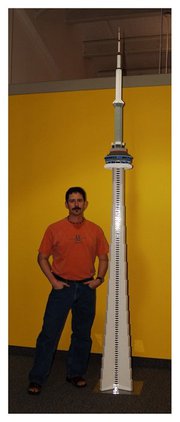
Anyway, back to the book. You may be familiar with the first edition of the Unofficial LEGO Builder's Guide, which came out in 2005. It's been revised and updated. I don't have the original on hand to compare, but I think the main change is that the illustrations have been redone and are now in color. I also note that newer elements have been added to the Brickopedia section (more on this below). Without a side-by-side comparison I don't know if there have been other changes to the text, though as I recall the original had the same chapters (please correct me if I'm wrong on this)
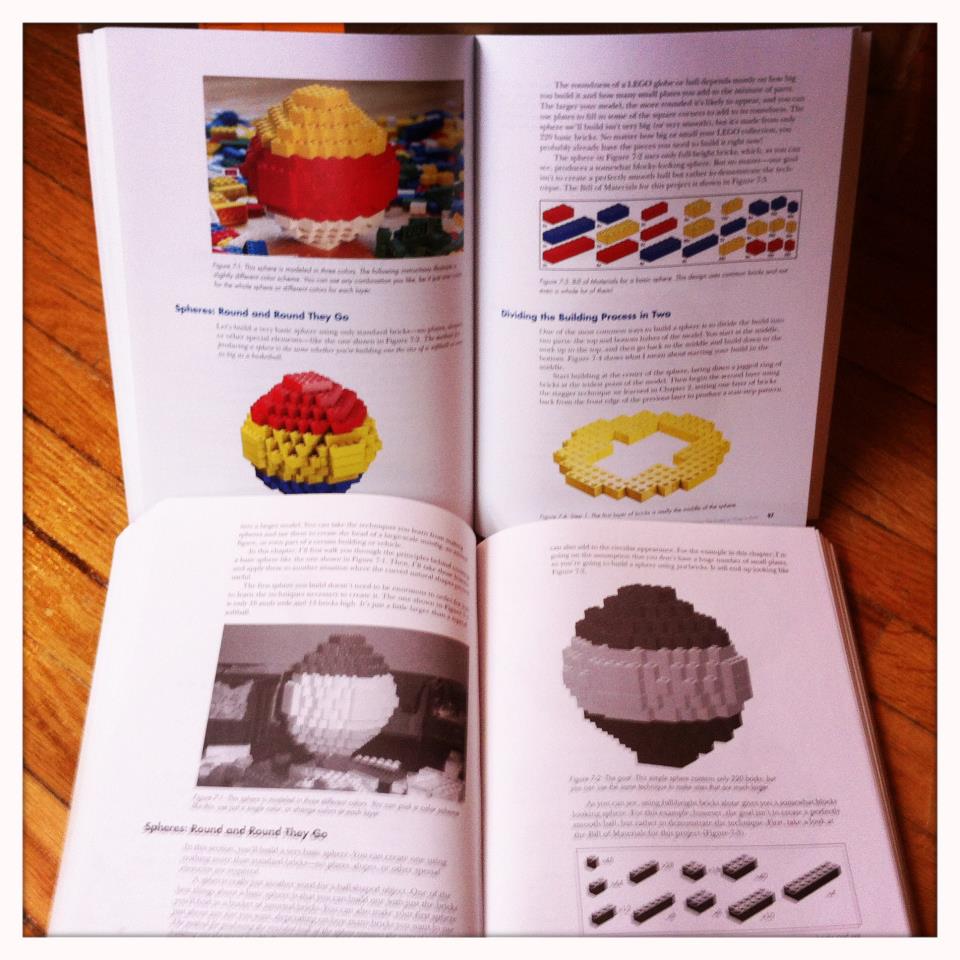
This book is written for someone who hasn't built many MOCs and wants to become an expert builder. This could be for a kid who wants to start building like an AFOL, or maybe for someone who has primarily collected official sets and now wants to move beyond the instructions. Even the experienced MOCer, though, can find new tips in these pages. The chapters tell you how to build well, including topics like choosing and designing a subject, simple tips to make your models more sturdy, discussions of scale, and creating round shapes out of square bricks.
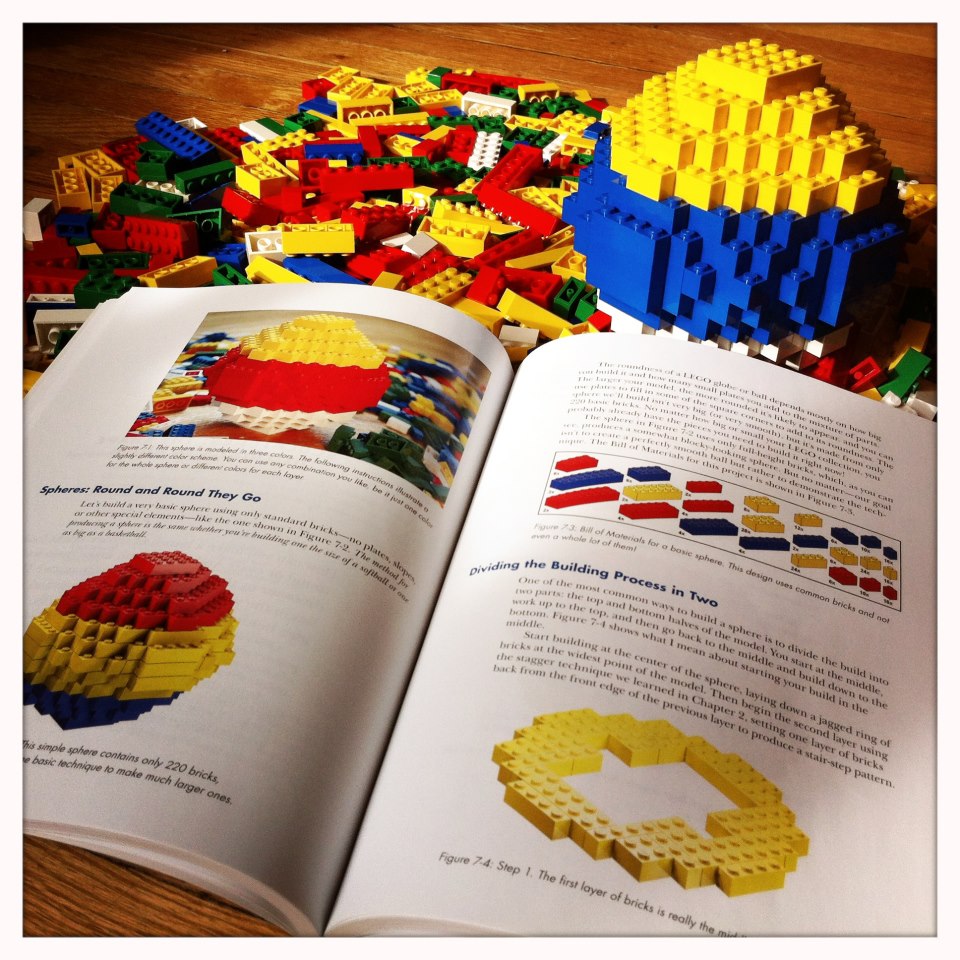
Here's a run through of the chapters. The LEGO System: Endless Possibilities, Back to the Basics: Tips and Techniques and Minifig Scale: Oh What a Wonderful Minifig World It Is! The first three chapters go through the basics, introducing bricks, studs and slopes; how they connect, tricks to make stronger walls, introducing curved walls, etc. He goes through the basic scale issues related to the ubiquitous minifig and gives directions to make a fig-scale train station. He even has a good discussion of making logical substitutions when you don't have exactly the right brick to use. Each chapter has a helpful summary of key lessons. One critique is that chapter two should have some discussion of SNOT building - there is some brief discussion later in the mosaic chapter, but it would be important to put in here. If Allan does a third edition I really hope he goes into more of this.
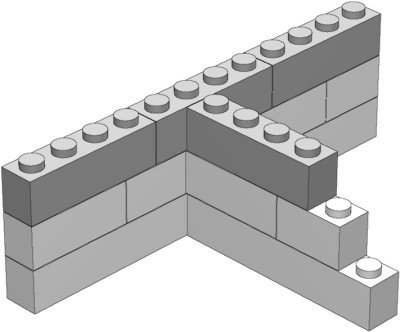
Miniland Scale: The Whole World in Miniature, Jumbo Elements: Building Bigger Bricks and Sculptures: The Shape of Things to Build. Chapters 4, 5 and 7 take us to scales larger than the minifig. His discussion of miniland building is very welcome, as this is overlooked in some other resources. He gives instructions to build a basic miniland figure, then shows how to make a diverse population by changing the clothes, poses, hair styles, etc. He also discusses making buildings for your minilanders. Jumbo Elements looks at a fairly niche area of building - those people who make giant size bricks or other elements out of LEGO. This chapter does have some good thoughts on the dimensions of the basic bricks even for those who are not into building gigantic elements. The sculpture chapter discusses making a round ball out of bricks and then goes into building a sculpture of the Sphinx. Here I note a critique based on the fact that Allan did not go back and change the text at all for this edition (presumably - again I do not have the first edition handy for a side-by-side comparison). I think any such guide written today would be lacking if it didn't include SNOT methods for getting rounded shapes. I'm especially thinking here of the Lowell sphere.
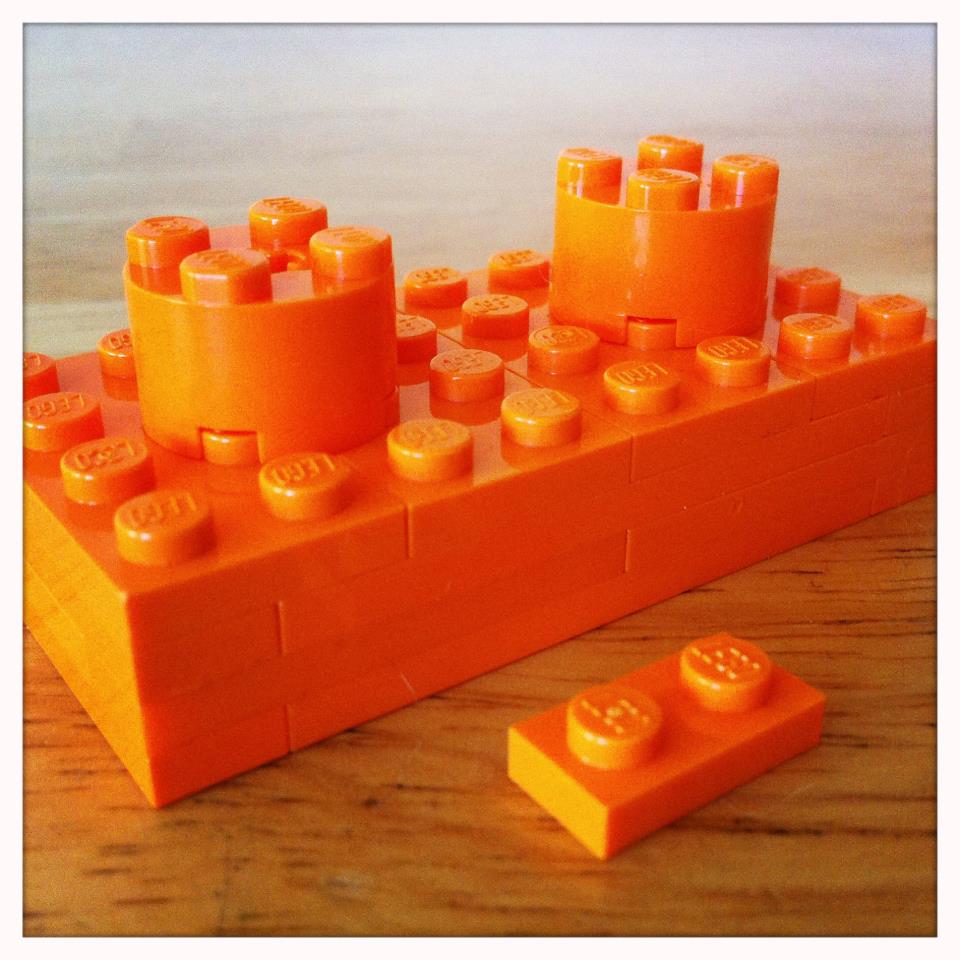
Microscale Building: More than Meets the Eye Chapter 6 goes through the basics of micro building, discussing the varying scales, compression of details, and gives instructions for building the Empire State Building. He also shows some great inspirational micro models such as a ship, a truck and a house. This whole chapter can be downloaded as a preview.
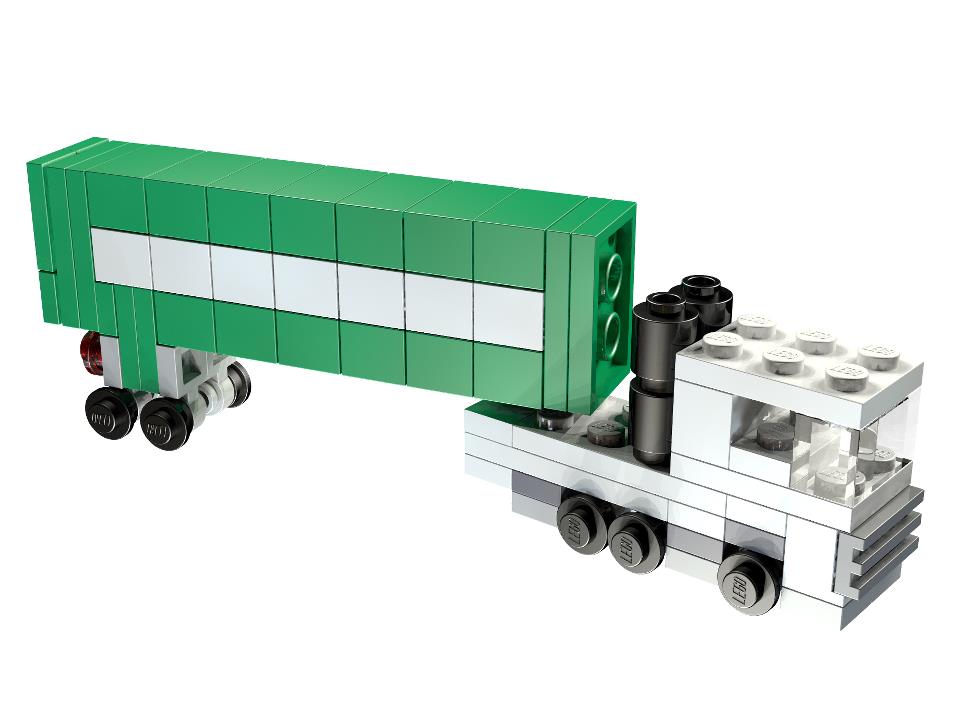
Mosaics: Patterns and Pictures in Bricks, Putting it All Together: Where Ideas Meet Bricks and Beyond Just Bricks: Other Ways to Enjoy the LEGO Hobby Chapters 8, 9 and 10 round out the book. Mosaics has a discussion of making mosaics two different ways (studs up and studs out). Putting it All Together goes through a building project from start to finish, including instructions for a Space Shuttle. Beyond Just Bricks addresses making your own building instructions and also building games out of LEGO. Of course LEGO builders have been making custom chess sets for a long time (I remember a version built by Suzanne Rich in the early days of Lugnet or even the rec.toys.lego days), but more recently LEGO has gotten in on the action with lots of brick-built games. It does seem like an updated edition of the book should have mentioned this last.

At the back there are two appendices. I'm not sure whether or not I think the Brickopedia, a guide to commonly used LEGO pieces, is particularly useful. It seems that you can get a lot more information on different LEGO elements by sending people to Peeron and BrickLink, but Allan does include some commentary on how each brick can be used. Design Grids: Building Better by Planning Ahead discusses using LEGO graph paper (both studs out and studs up version) in designing your MOCs. The text promises you can download this paper from the book website, but I have to admit that I cannot find it. It is, though, on Allan's older site.
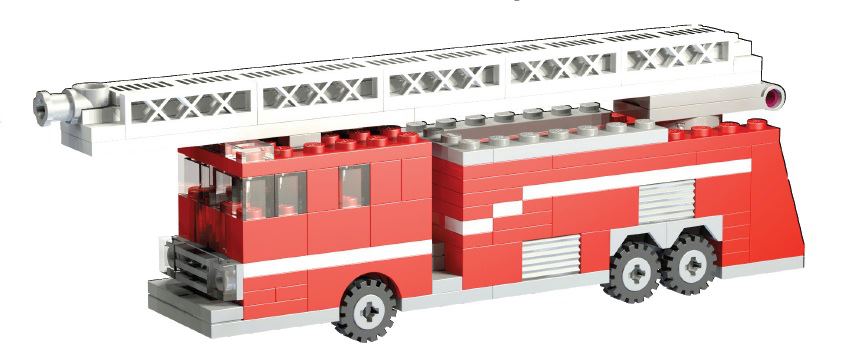
In my opinion, this book is well worth buying for the beginning to intermediate MOC builder. The expert builder might still learn a few techniques, but probably knows the bulk of the material in this. On the other hand, expert AFOLs would probably be happy to get this to support one of our own and to encourage No Starch and other publishers to make more of this sort of thing. My only critique, as noted above, is that I think he should include more techniques, such as SNOT building.
MicroBricks specific material - As discussed above, there is a whole chapter devoted to micro techniques.
No comments:
Post a Comment